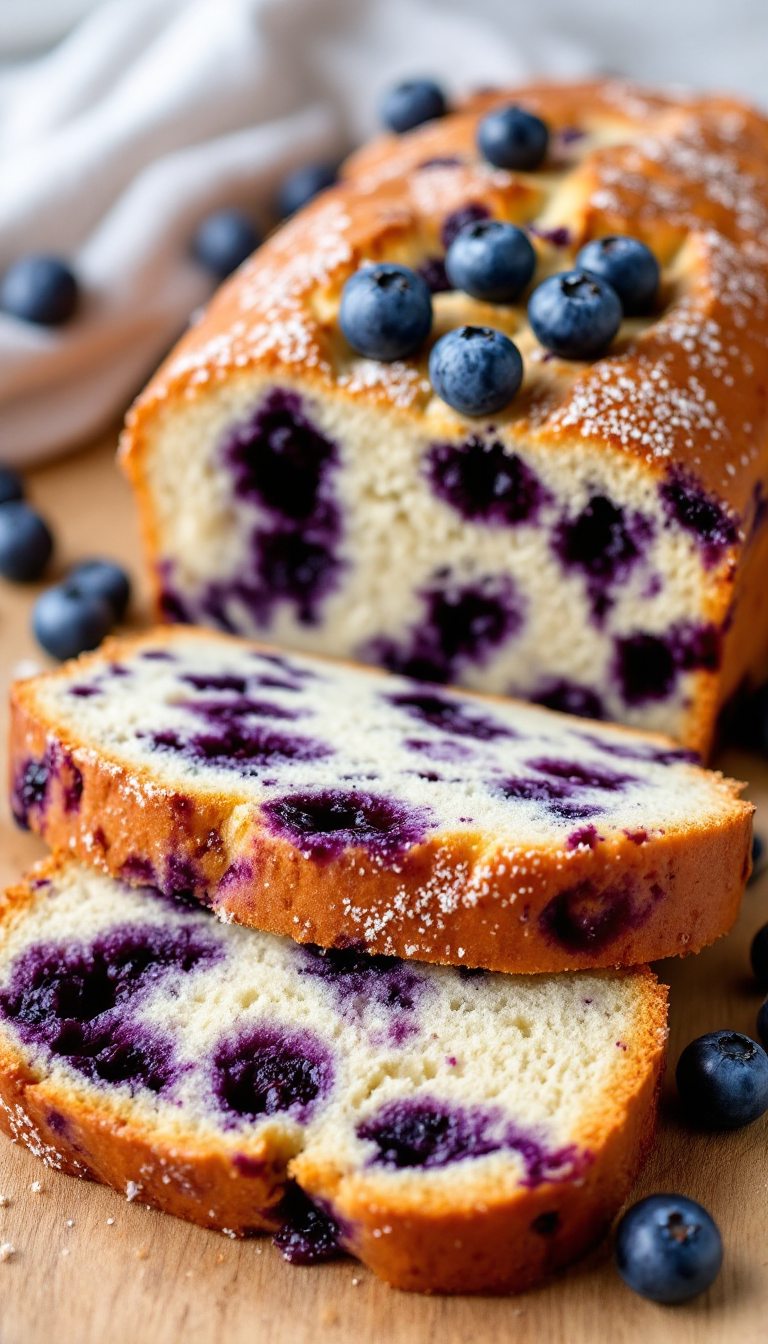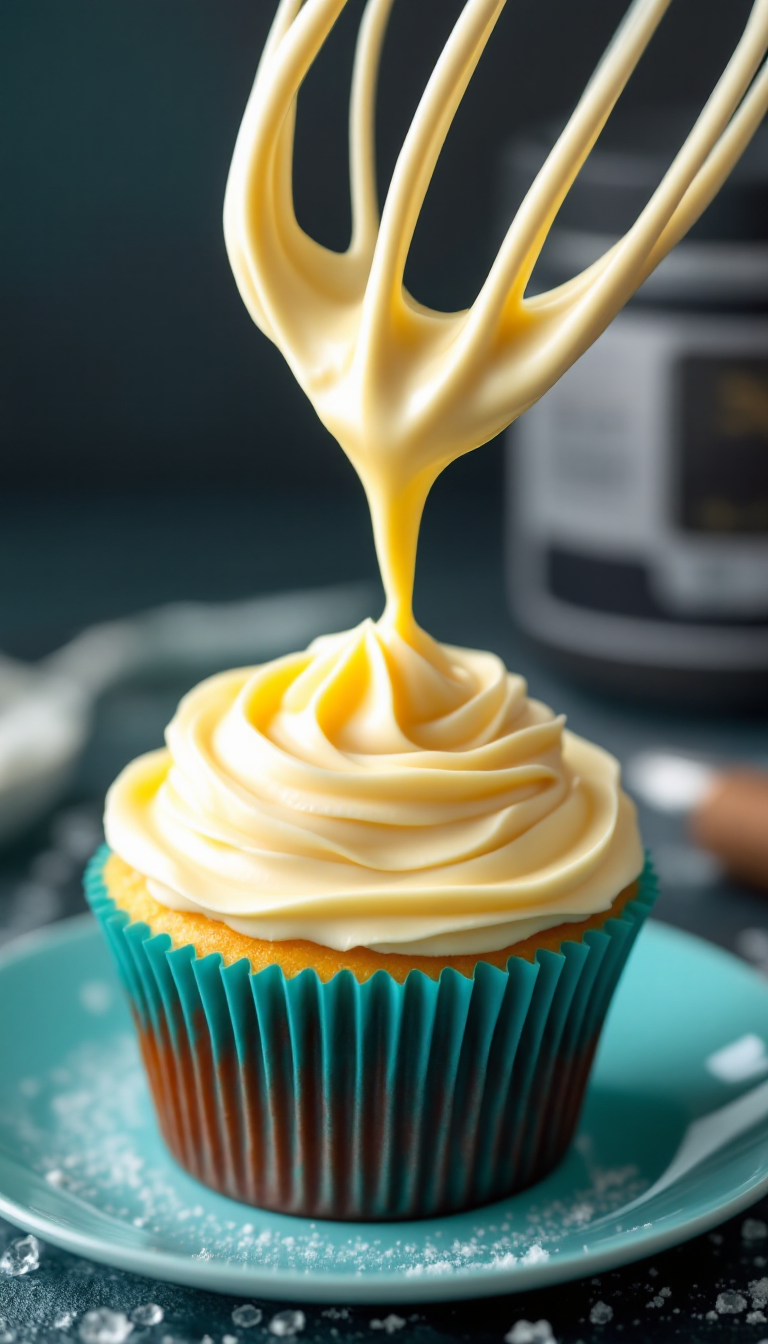Sourdough starters have this magical, almost whimsical quality—like a pet that you nurture and watch grow, except this one rewards you with bread. I remember when I first tried making one; it felt like a science experiment mixed with a touch of alchemy. With just flour, water, and a dash of patience, you can create something truly alive.
Cookbook Inspiration
A comprehensive cookbook can provide additional techniques and recipes for those interested in exploring sourdough baking further.
Steps
- Day 1: Mix 60 grams of whole wheat flour with 60 grams of warm water in a large jar until smooth. Cover the jar and place it in a warm spot, ideally between 70-75°F, for 24 hours.
- Day 2: Check for any bubbles on the surface indicating fermentation. If none are visible, it’s normal; they may have dissolved overnight. Stir once or twice to aerate, then let it rest in the warm spot for another 24 hours.
- Day 3: Remove and discard half of the starter (about 60 grams). Add 60 grams of all-purpose flour and 60 grams of water to the jar, mix until smooth, and let it rest in a warm spot for 24 hours.
- Day 4: Discard half of the starter again and add another 60 grams each of all-purpose flour and water. Mix well and let it rest in a warm spot for another 24 hours.
- Day 5: Repeat the process of discarding half the starter, then adding 60 grams each of flour and water. Mix and let it rest for 24 hours.
- Day 6: Once more, discard half the starter and add 60 grams each of flour and water. Ensure it’s mixed well and leave it in a warm spot for 24 hours.
- Day 7: Discard half of the starter, add 60 grams each of flour and water, and let it rest for 24 hours. Your starter should be bubbly and doubled in size, indicating it’s ready.
- Day 8: Check if the starter has a spongy, marshmallow-like texture and a pleasant smell. If so, it’s active and ready to use for baking. Transfer to a clean jar if needed, and give your starter a name if desired. Continue feeding it regularly to maintain its activity.
Ingredients
- 60 g (1/2 cup) whole wheat flour
- 1 bag (5 lb) all-purpose flour or bread flour (brands like KAF, Trader Joe’s, or Whole Foods are recommended)
- 60 g (1/4 cup) water (preferably warm, around 85°F)
FAQ
- Can I make a sourdough starter using only all-purpose flour?
- Yes, you can create a sourdough starter using just all-purpose flour. However, the process might take a bit longer compared to using a mix of flours.
- What is the purpose of using whole wheat flour initially, and then switching to all-purpose flour for feedings?
- Whole wheat flour is used at the beginning to kickstart the fermentation process. For ongoing feedings, all-purpose flour or bread flour is preferred because it’s cost-effective and suitable for everyday baking.
- Why is the growth of my starter slowing down on Days 3 and 4?
- It’s normal for growth to slow when switching to all-purpose flour after using whole wheat flour initially. Your starter needs time to adjust to the new flour, but fermentation is still occurring.
- Can I use bleached flour to make a sourdough starter?
- While it is possible to use bleached flour, it’s not recommended as the chemicals in bleached flour might disrupt the fermentation process. Some have had success, but it’s best to use unbleached flour.
- What should I do with the sourdough discard from Day 1-7?
- It’s generally not advisable to use the discard from the initial days as it can be very smelly and discolored. Once your starter is well-established, you can consider using the discard for other recipes or even to start a new batch.
Tips
- Maintain Consistent Temperature: To ensure your sourdough starter develops properly, keep it in a warm location around 70-75°F. If your home is cooler, consider placing the starter in an oven with the light on or using a proofing box to maintain the right temperature.
- Monitor and Discard Hooch: During the fermentation process, a dark liquid called “hooch” may form on the surface, indicating your starter is hungry. Pour off the hooch and give your starter a fresh feeding to keep it healthy.
- Feed by Weight, Not Volume: When feeding your starter, use equal weights of flour and water rather than measuring by cups. This ensures accuracy, as flour and water have different densities and will weigh differently.
- Be Patient with Growth Fluctuations: It’s normal for your starter’s growth to slow down when switching from whole wheat to all-purpose flour. This adjustment period is typical, and patience is key as the starter adapts to the new flour type.
Equipment
- 3/4 L Glass Jar: For creating and maintaining the sourdough starter. A large, clear jar helps in monitoring the starter’s growth.
- Kitchen Scale: Essential for measuring equal parts of flour and water by weight, which is crucial for accuracy in sourdough baking.
- Oven Thermometer: Useful for ensuring the correct temperature if you use the oven light method to keep the starter warm.
- Proofing Box: An optional device to maintain a consistent temperature for the starter, especially useful in colder climates or homes.

I’m Heather, the founder of Hearty Home Bites, a place where I share my love for delicious, approachable recipes and the joy of gathering around the table. What started as a personal project quickly grew into a trusted resource for home cooks everywhere.




